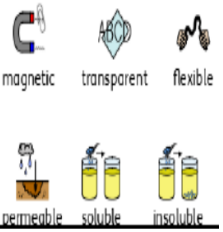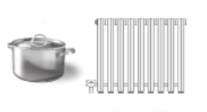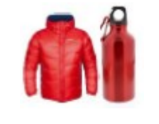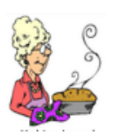Comparing and grouping
Children will use their previous and current learning to test and group materials by their hardness, solubility, transparency, conductivity (electrical and thermal) and response to magnets.

Dissolving materials
When the particles of a solid mix with the particles of a liquid, this is called dissolving. The result is a solution.

What are electrical insulators and conductors?
An electrical conductor lets electricity pass through it. They are often metal (e.g. iron, copper and gold) but also include carbon and water. An insulator doesn’t let electricity pass through it, e.g. wood, leather, plastic.

What are thermal insulators and conductors?
Materials which are good thermal conductors allow heat to move through them easily. Thermal insulators do not let heat travel through them easily. E.g. flasks or woollen

Reversible and irreversible changes
Some materials can be separated after they have been mixed based on their properties – this is called a reversible change. Some methods of separation include the use of a magnet, a filter (for insoluble materials), a sieve (based on the size of the solids) and evaporation, e.g. The Water Cycle.

When a mixture cannot be separated back into original components, this is called an irreversible change. Examples of this include when materials burn, mixing bicarbonate of soda with vinegar and cooking.


Focus Scientists
Hypatia (355- 415) a famous Greek mathematician who also studied the properties of liquids and discovered that elements can take different forms (ice/water/steam) but still be the same element.

Ahmed Zewail (1946-2016) was known as the father of femtochemistry which is the study of chemical reactions over very short periods of time. He was the first Egyptian scientist to win a Nobel prize (https://www.youtube.com/watch?v=xOcMGNTClVY).

Key Vocabulary
materials: the matter or substance that objects are made of.
reversible change: a change that can be changed back again. Melting and heating are examples of reversible changes.
irreversible change: a change that cannot be changed back again. Burning or mixing a liquid with bicarbonate of soda are examples of irreversible changes.
insoluble: impossible to dissolve, esp. in a given liquid.
soluble: able to be dissolved.
solution: a mixture that contains two or more substances combined evenly.
dissolves: when a substance is mixed with a liquid and the substance disappears.
filtering: a device used to remove dirt or other solids from liquids or gases. A filter can be made of paper, charcoal, or other material with tiny holes in it.
evaporate: to turn from liquid into gas; pass away in the form of vapour.
conductor: the ability of a material to conduct either heat or electricity.
condensation: small drops of water which form when water vapour or steam touches a cold surface, such as a window.
magnet: an object that has a magnetic field (an invisible pattern of magnetism). A magnet attracts or repels other items.
insulator: a non-conductor of electricity or heat.
permeable: a substance that a gas or liquid can pass through.
transparent: an object you can see through.
particles: a tiny amount or small piece.
conductors: a substance that heat or electricity can pass through or along.
insulators: a non-conductor of electricity or heat.
thermal: relating to or caused by heat or by changes in temperature.